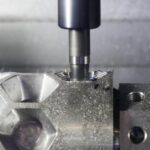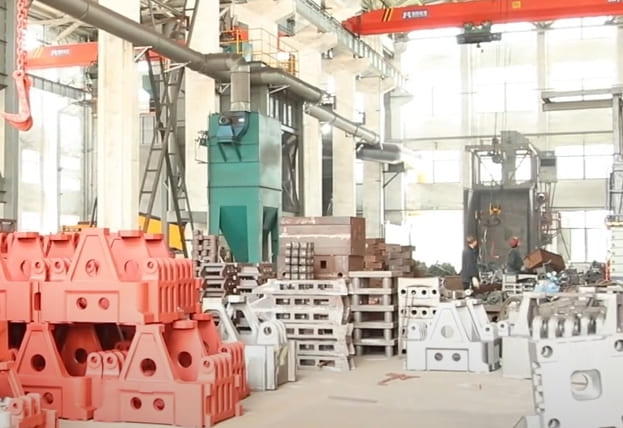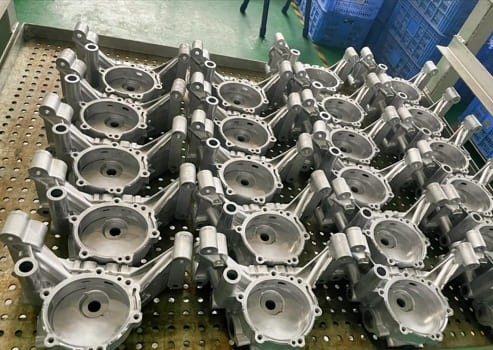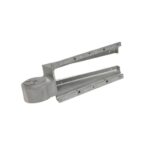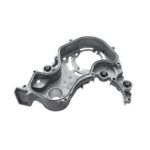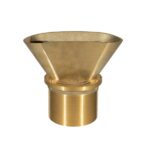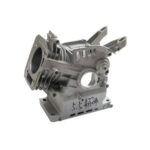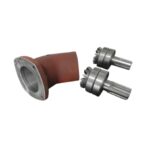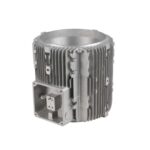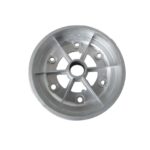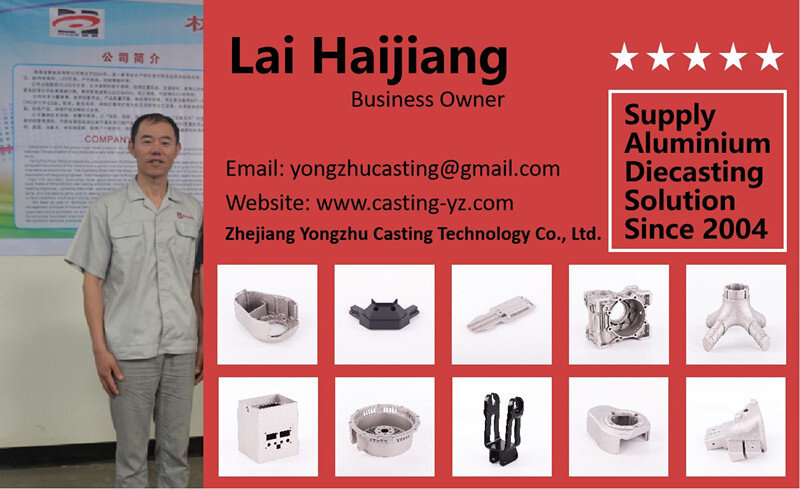
Blistering in die casting is a common defect that can mar the surface of cast parts, compromising their aesthetic and functional integrity. This guide explores the causes of blistering and outlines effective strategies for preventing this issue, ensuring the production of high-quality die cast components.
Understanding Blisters in Die Casting
Blisters are raised or layered areas on the surface of die cast parts, often resulting from trapped gas or air that expands during the post-casting processes, such as painting or heat treatment. Identifying the root causes of blister formation is crucial for implementing corrective measures.
Causes and Prevention Strategies
The primary causes of blistering include trapped air, excessive moisture in the die casting mold, and overheating during the casting process. To mitigate these issues, manufacturers can employ several strategies:
- Proper Venting and Vacuum Techniques: Enhancing the mold design to improve venting and applying vacuum techniques can significantly reduce air entrapment.
- Moisture Control: Ensuring that the mold and the molten metal are at optimal temperatures reduces moisture-related blisters.
- Controlled Heating: Regulating the temperature during casting and post-casting processes prevents overheating and the subsequent expansion of trapped gases.
Optimizing Manufacturing Practices
Optimizing manufacturing practices is key to preventing blister defects. This includes routine maintenance of die casting equipment, regular inspection of molds for wear and damage, and the implementation of quality control checks to identify and rectify potential issues early in the production process.
Conclusion
Blister defects in die casting can be effectively prevented through careful attention to the manufacturing process, including mold design, temperature control, and moisture management. By addressing the root causes of blister formation, manufacturers can enhance the quality and durability of die cast parts, meeting the high standards required by various industries.
Drop me an email with your ideas, and I’ll get back to you swiftly!





